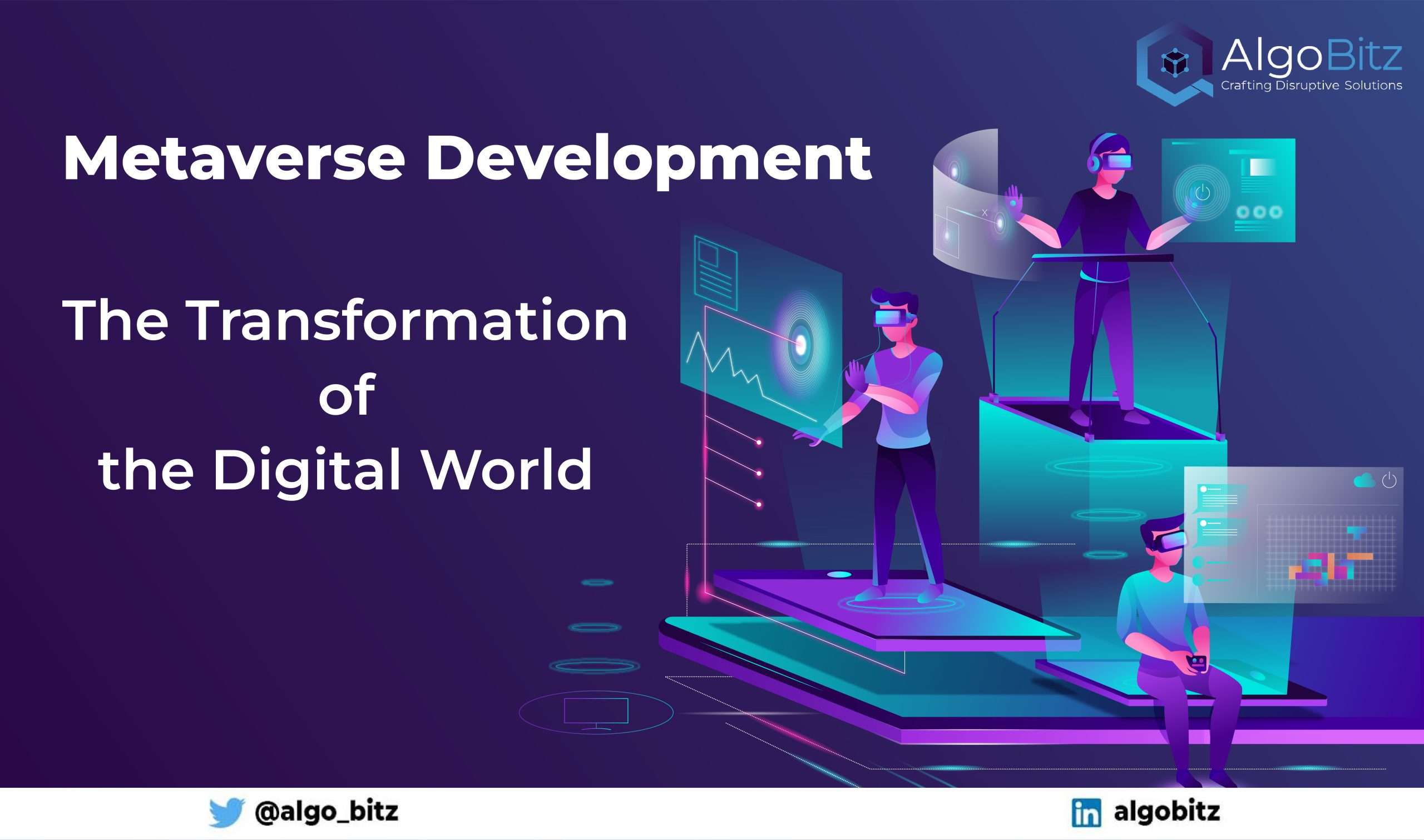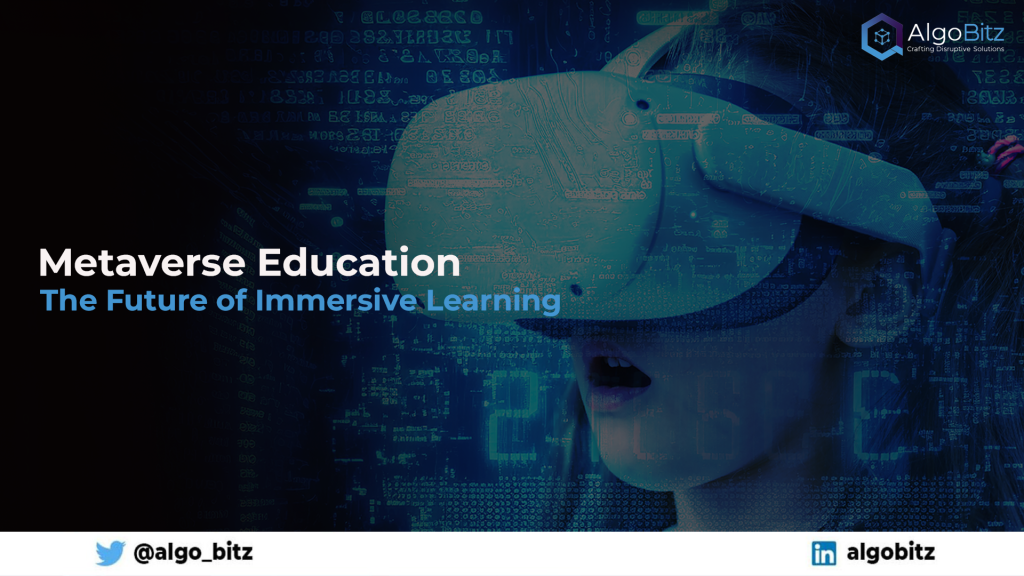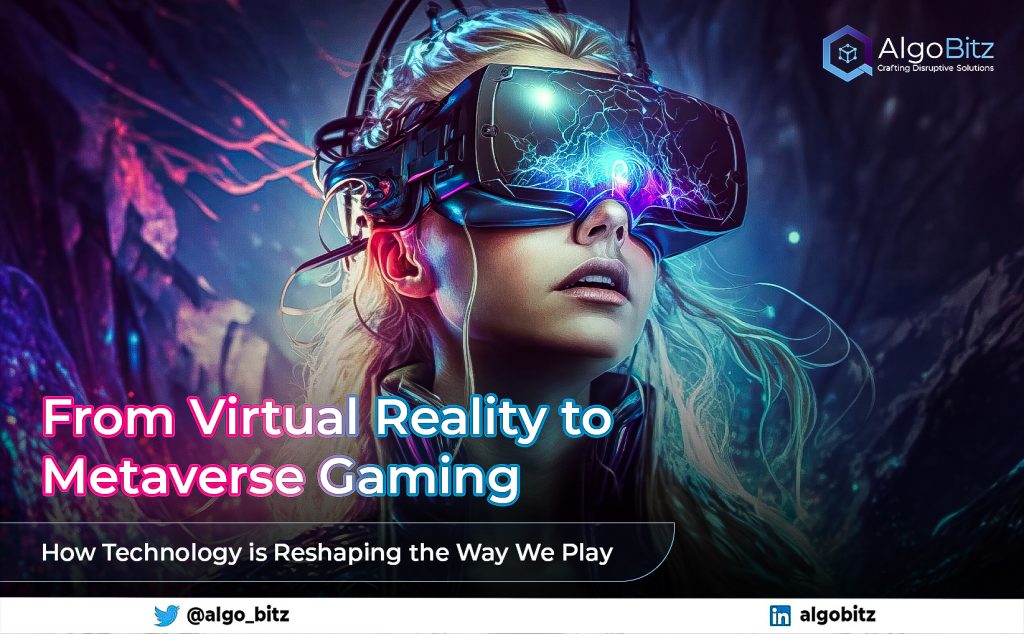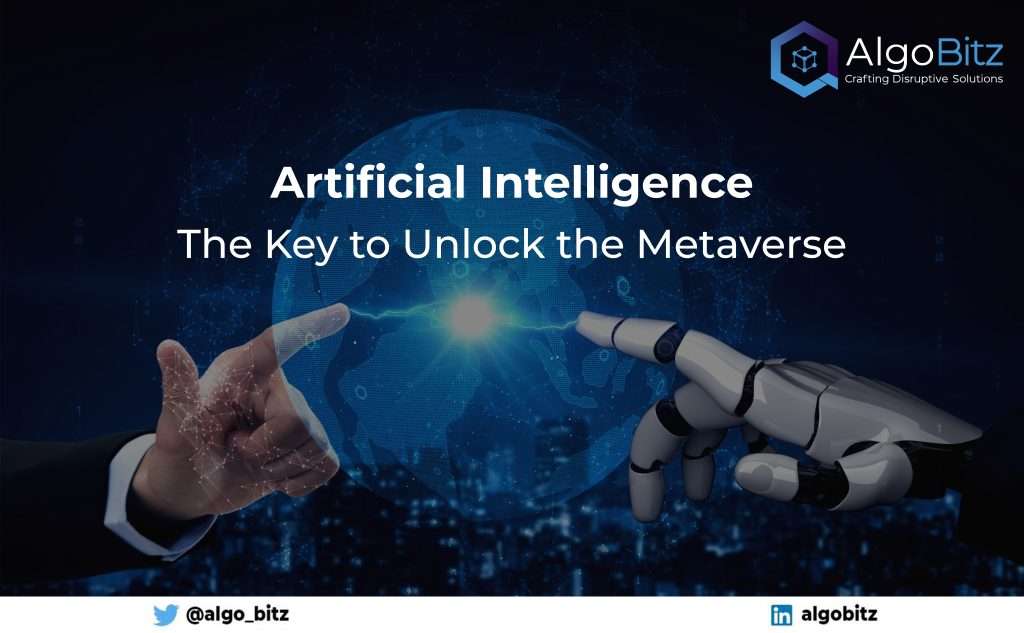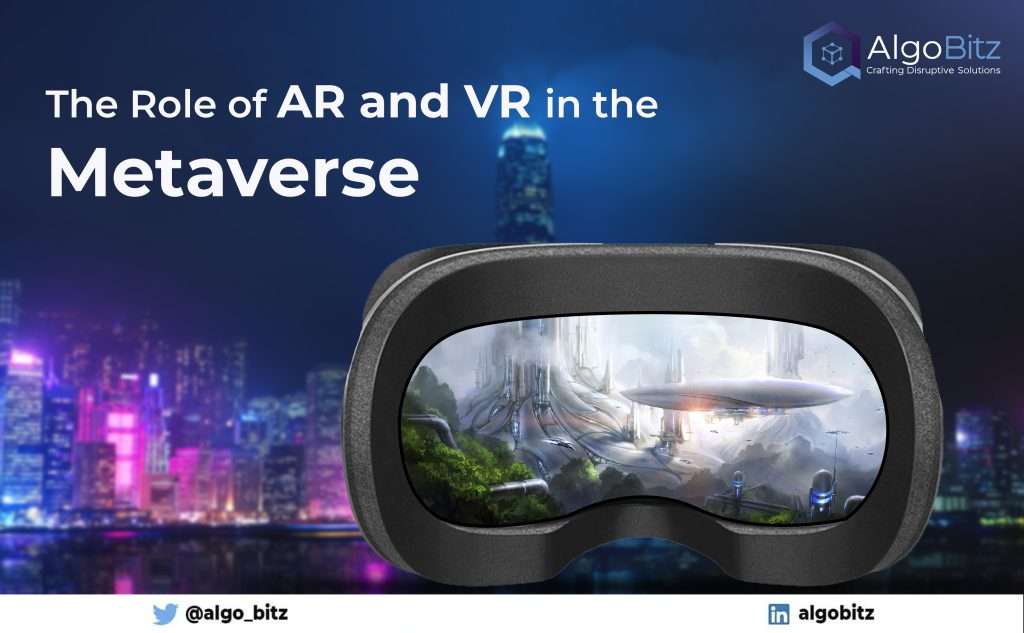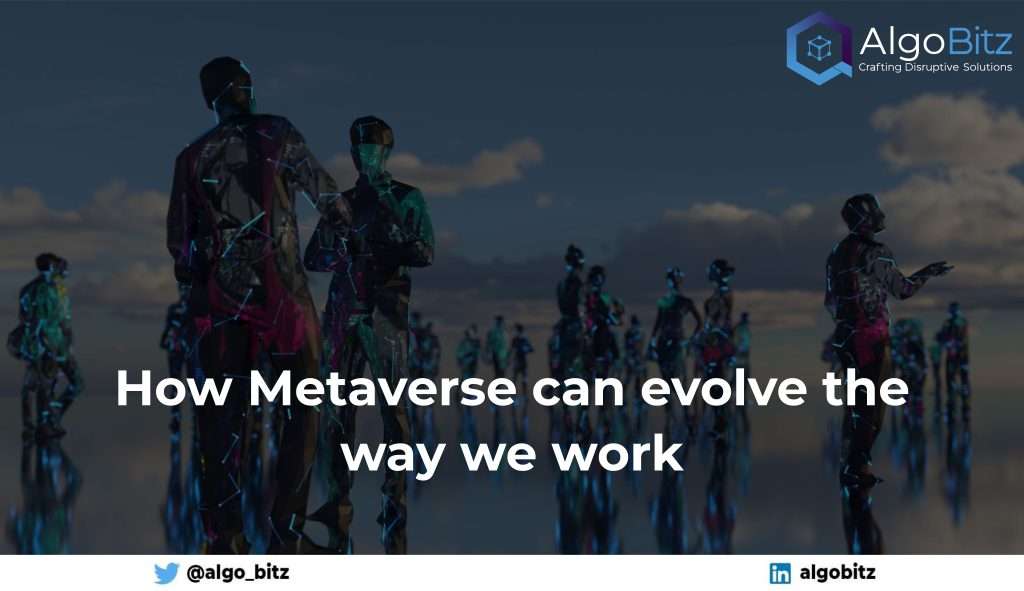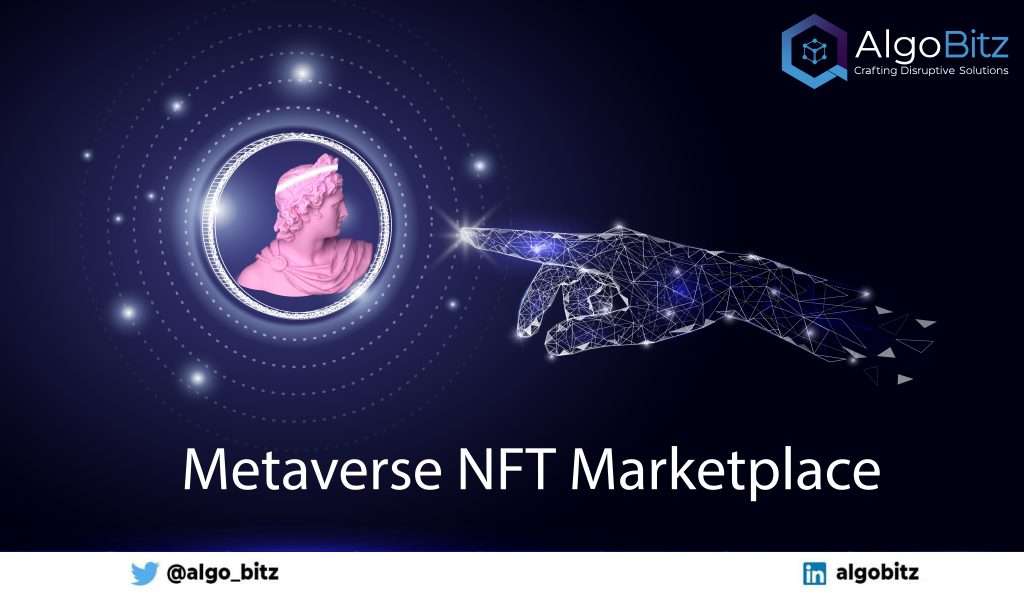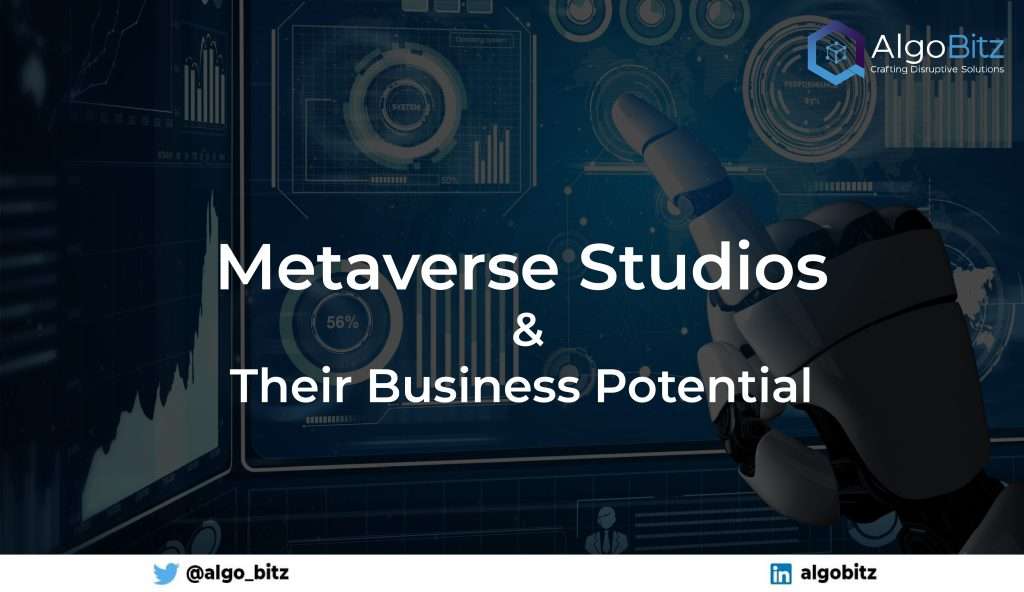Metaverse development is one of the most booming revolutions in the digital world right now. The idea of virtual worlds has touched every aspect of our lives, and many young people have begun exploring the meta worlds. Over the past two years, the term “metaverse” has gained popularity as enormous efforts are being made towards metaverse development and its enhancement globally. Amidst public and market speculation, it became evident that the tech conglomerates, like Meta (formerly known as Facebook), Microsoft, Google, Intel, Sony, etc. had charted a new path by opening up their respective agendas for the metaverse development to the general audience, due to which consumers are keen to discover the possibilities concealed within the Metaverse. Hence, metaverse development is gaining momentum on a global scale.
Technology Stack of Metaverse Development
Let’s talk about the key technologies driving the Metaverse development and its growth: virtual reality (VR), augmented reality (AR), 3D modeling, blockchain & cryptocurrencies, the internet of things (IoT), and artificial intelligence (AI).
AR & VR – The Game Changers in Metaverse
The immersive 3D experience that users associate with the Metaverse is a consequence of implementing AR and VR technologies as an integral part of the metaverse development. A camera-equipped gadget with AR software is required to experience Augmented Reality. The device downloads data from the cloud once its software recognizes an object in its surroundings when it is aimed at it using machine vision technology. As a result, any application that digitalizes physical items produces the “digital twin” of that particular object.
Virtual reality (VR) converts the physical world to the digital one and is fully computer-generated. For this type of experience, one must have headsets or accessories like Haptic gloves. They have gyroscopic sensors, magnetometers, and accelerators to analyze how a user responds to a stimulus and interacts with his environment. While VR replaces real-world space, AR blends digital and real-world elements, so applying these advanced technologies in the metaverse development brings out the best of the immersive experience in the Metaverse.
The role played by 3D Modeling in Metaverse Development
3D modeling provides off-field presence and the ability to physically recreate objects in the process of metaverse development. In modern-day applications, like Real Estate, it replicates sites so that prospective customers can explore the location without physically being there. A multiview 3D Reconstruction is aimed to reconstruct a physical layout of a scene taken from a set of images, however, due to limitations of the current technologies in the metaverse development, various assumptions are also made. The transmission of this data and Ultra-HD photos to computers for internal processing follows. Computers then create a digital image for viewers to view in the Metaverse.
Blockchain & Cryptocurrency – The core elements of Metaverse
The next important couple in the technology stack of the metaverse development is blockchain and cryptocurrency. Blockchain is fundamentally a digital ledger, which means it replicates and distributes every transaction to every computer system connected to the Blockchain network. Each block in the chain contains a specific number of transactions, and each time a new transaction occurs, a record of it is saved to the participants’ ledgers. A node validates the new block before every confirmation, so it is not possible to change a transaction’s history. Being decentralized, its control is withdrawn from any central authority.
Now, blockchain technology is used to establish the decentralized network of virtual worlds and 3D spaces in the process of metaverse development. On the other hand, cryptocurrencies are digital currencies that can be obtained through mining or regular purchases made on exchange platforms. They are built on advanced mathematical concepts that protect data by only storing and sending data to the designated endpoint. Hence, they offer secure online business transactions that, in contrast to conventional web payment systems, do not require third-party middlemen. Blockchain will allow metaverse businesses to provide users with integrated services that will merge their physical presence with 3D digital presences, transforming how they interact and trade cryptocurrencies or other rare digital objects (NFTs).
IoT – The Communicator in Metaverse Development
The technology of IoT (Internet of Things) uses equipment and sensors to transfer anything from our physical reality to the Internet. When online, these devices have a unique identifier with the ability to communicate or gather data without human assistance. Everyday uses include robotics, medical equipment, and traffic monitoring. IoT will connect the finer points of the digital and physical worlds, improving the accuracy with which the virtual world replicates aspects of the physical one. A Statista report claims that by 2025, there will be 75 billion linked IoT devices worldwide, with close to 30% placed in industrial settings. It is regarded as one of the driving forces behind the fourth industrial revolution because of this.
How Metaverse Development will Transform the Digital World
You might be curious about what we can do in the metaverse. Let’s examine the plans for the Metaverse. Well, the options are endless! The features of corporations and cutting-edge technologies never failed to impress us. The same thing occurs in the virtual world; everyone will be attending ceremonies, offices, and schools from the comfort of their house, but in a setting that is fitting, and everyone will have their avatars and access to shops where they may purchase virtual goods for their virtual lives.
Full performances by celebrities like Justin Bieber and Ariana Grande have actually occurred in the metaverse. Fortnite shows, Second Life acts, Decentraland real estate, H&M stores in the metaverse, and much more — it’s a mass movement that could be seen as the next step in metaverse development and evolution. In your virtual environment, you could be leading a double life. Although that may sound absurd, our current course is taking us in that direction. Everyone would be able to experience their existence in the virtual world in near future. These endeavors illustrate the metaverse development no longer aims to merely “link” us to the Internet but actually bring us forward to be a part of it.
Concluding Thoughts
You would know where the latest technology is leading us. One of the key reasons the world has continually adopted the newest trend, whether it be in technology, architecture, learning, or anything else, is because of most organizations. As many businesses are guided forward into Metaverse development, our tomorrow will be brimming with surprises. Soon, the global market will be inhabited by metaverse NFT marketplaces, metaverse-based social media platforms, educational platforms, entertainment platforms, and many more.
Only when the Metaverse development attains good heights will we be able to assess the greater impacts of the technologies. There is still much to be done. However, with the appropriate solutions, information, and support, interest will be high, and many companies will at least give it a go – but then, it has to be productive to keep the momentum going.
If you have a Metaverse project in the pipeline, do reach out to Algobitz and we will be happy to make your dream metaverse come true. Click here to explore.
